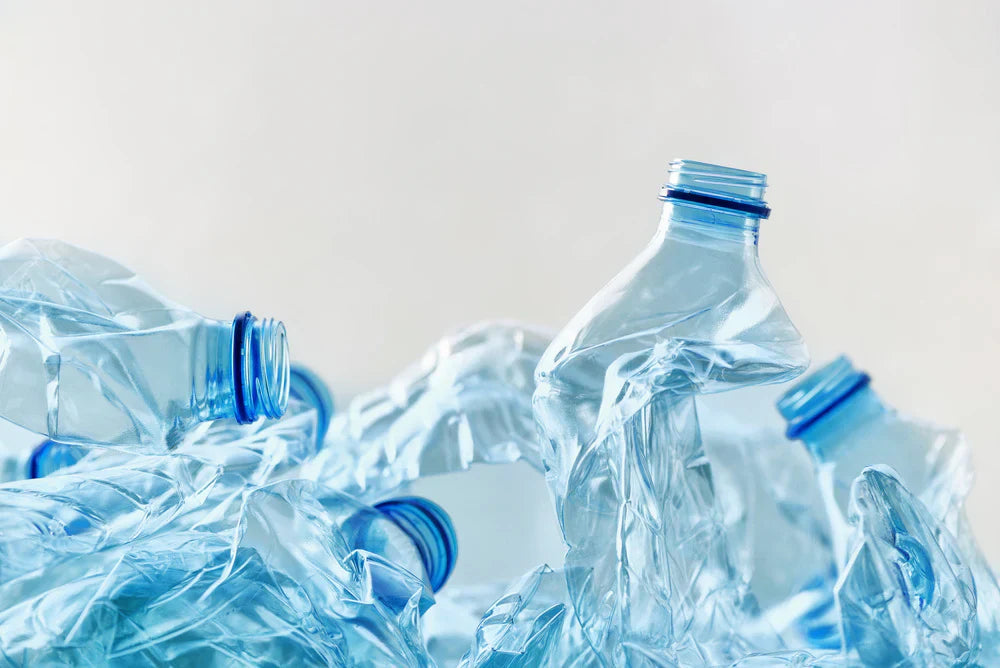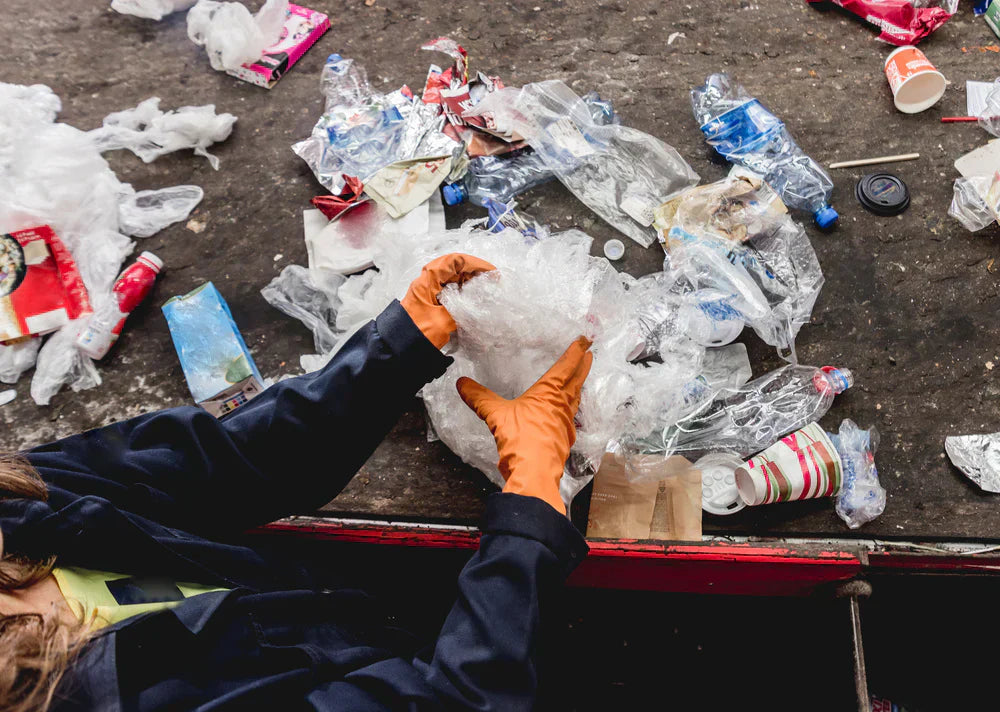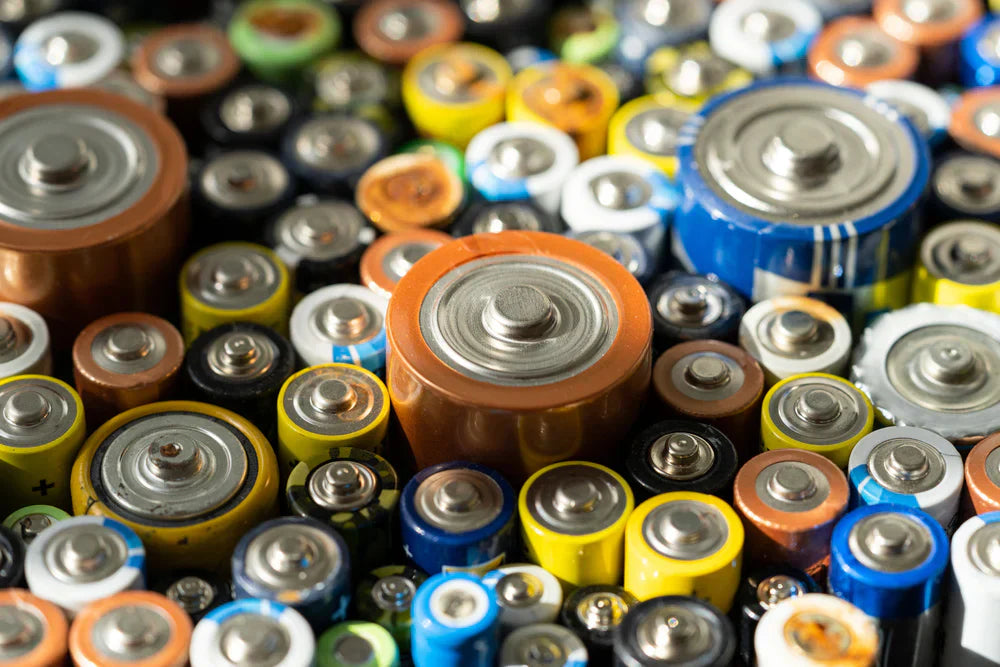How Much Do You Know about Those Recycling Numbers on Plastics

Here at Pale Blue Earth, we are committed to sustainability and environmental conservation. The keys to achieving both necessarily begin with knowledge and awareness. The more people know about our planet and what it will take to protect it for the long term, the better they will be able to do just that. Our society needs to put a lot of emphasis on knowledge. For example, how much do you know about those recycling numbers found on plastic products?
The numbers and the recycling symbol accompanying them date back to the 1970s. People often see the symbol and assume it means that the product bearing it is recyclable. That may or may not be the case. In fact, the recycling symbol and corresponding numbers do not guarantee any product is recyclable. They never have.
If the recycling symbol did guarantee a product could be recycled, you would find it on our rechargeable lithium-ion batteries. After all, they are recyclable. But we don't put the symbol on our products because that's not really what it means. Allow us to explain.
Distinguishing Between Plastics
Back in the 1970s, plastics manufacturers and recyclers were gradually having a more challenging time keeping track of many different types of plastics flowing through the system. It was difficult to look at a product and determine the type of plastic it was made from purely by sight. So the industry came up with a solution: the resin identification code.
Plastics is a generic term for a variety of thermoplastic resins. Most plastics are manufactured using one of six resins. However, there are dozens of other resins that are used to manufacture limited amounts of products. The numbers you see on plastics correspond to their individual resin identification code numbers.
The most commonly utilized plastic in the world is PET. It is used to manufacture everything from beverage bottles to take-out food containers. Its resin identification code is 1. The next most common resin is HDPE. Its resin identification code is 2.
All the Rest
The first six resin identification codes correspond to single resins. The last and seventh code is the miscellaneous code, for all intents and purposes. Any plastic that cannot be classified under the first six codes automatically becomes a 7.
Now, does this mean that all those plastics are recyclable? Yes and no. Technically, human beings can recycle just about anything. Very few things are off-limits. But practically, recycling some products is prohibitively expensive or resource intensive and currently cost prohibitive. That is why most consumers who participate in residential recycling programs only recycle certain types (codes) of plastic.
Maybe your trash hauler picks up 1 and 5 plastics. That's all they recycle because they can make money doing so. The remaining plastics are not profitable for them or don’t at least cover their cost of operating. Therefore, they are not recycled. For your purposes, those plastics are not recyclable, barring some change in the economics or a program with some subsidy or other way to offset the costs.
Batteries Are Recyclable
We have a long way to go to fix the plastics problem. People are working on it right now. In the meantime, we want you to know that batteries are recyclable. Take advantage of that. Instead of throwing spent batteries in the trash, find a local collection center and go drop them off. Our local recycling drop-off center collects around 4 55-gallon drums of batteries every three months and that’s just from one drop-off location in a relatively small community.
The Call2Recycle website is the best resource we have found and it offers a handy online tool that allows consumers to find collection centers in or near their ZIP codes. Some of your major hardware and department store chains act as collection centers.
Now you know what those recycling numbers on plastic products mean. You have been armed with a bit more knowledge. Now use what you've learned to make better decisions. If we all do that, we might actually achieve our sustainability goals.
- Tags: Recycling Sustainability







